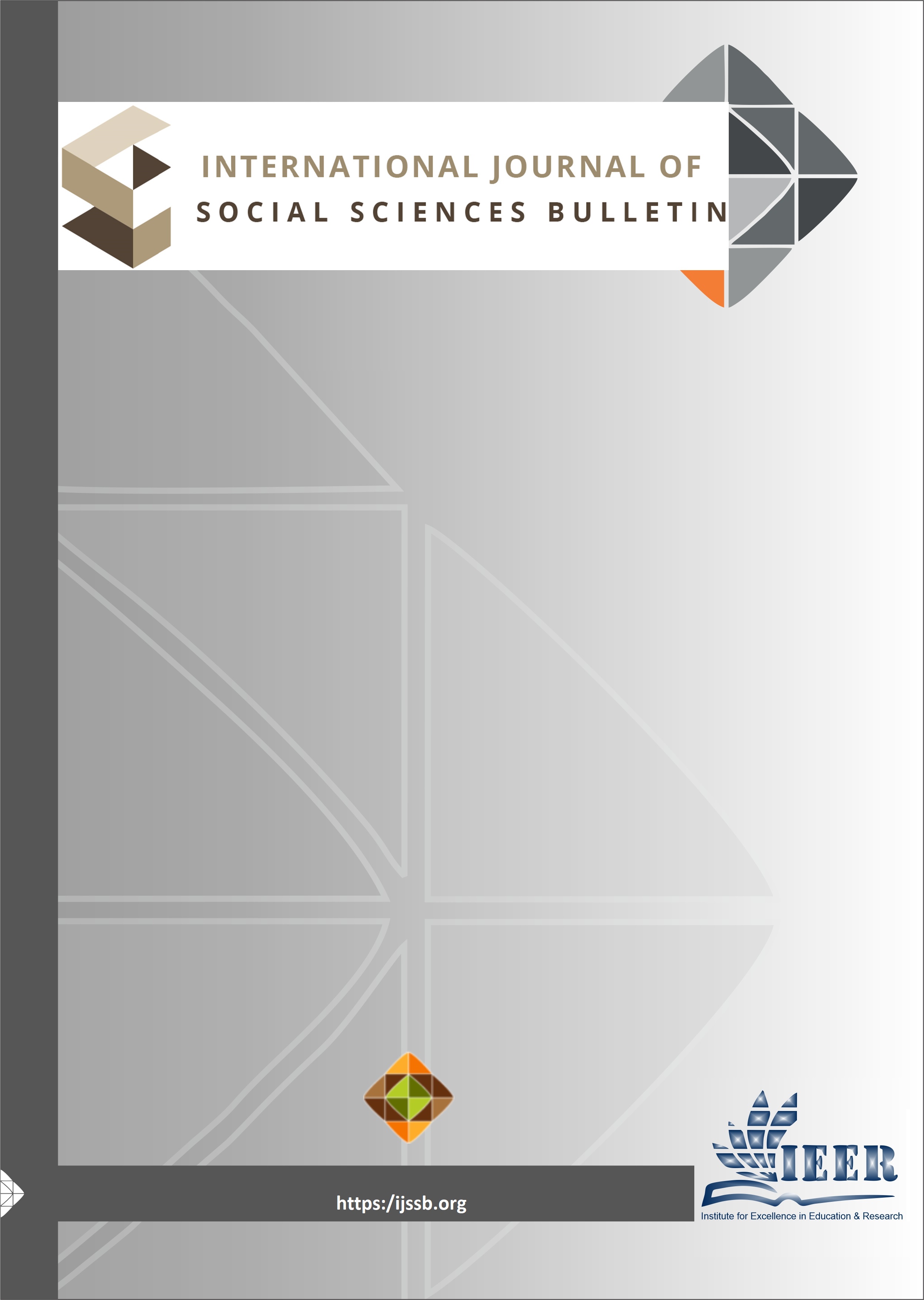TRAINING & DEVELOPMENT, CAREER DEVELOPMENT, AND ORGANIZATIONAL COMMITMENT AS THE PREDICTOR OF WORK PERFORMANCE
Keywords:
TRAINING & DEVELOPMENT, CAREER DEVELOPMENT, ORGANIZATIONAL COMMITMENT, PREDICTOR OF WORK PERFORMANCEAbstract
This research seeks to validate the mediating role of organizational commitment in the relationship between training and development, career development, and work performance. Data were collected through a survey using a random sampling method from 362 frontline employees in the Textile sector. The analytical approach included descriptive statistics and structural modeling, utilizing SPSS 23 and Smart PLS 3.0. Findings reveal significant relationships between both training and development and work performance, as well as career development and work performance. Additionally, organizational commitment is found to be significantly related to work performance within the Textile industry. Furthermore, the correlation between training and development and work performance, as well as career development among Textile staff, is mediated by organizational commitment. Textile owners and managers are encouraged to establish policies that improve employee work performance and organizational commitment, while also ensuring the provision of necessary resources for career and training development. The study further elaborates on the results and their limitations, offering recommendations for future research. This research addresses a notable gap in the Bangladeshi Textile industry, where comprehensive studies on training and development, career development practices, organizational commitment, and work performance are scarce.
Downloads
Published
Issue
Section
License

This work is licensed under a Creative Commons Attribution-NonCommercial-NoDerivatives 4.0 International License.

















